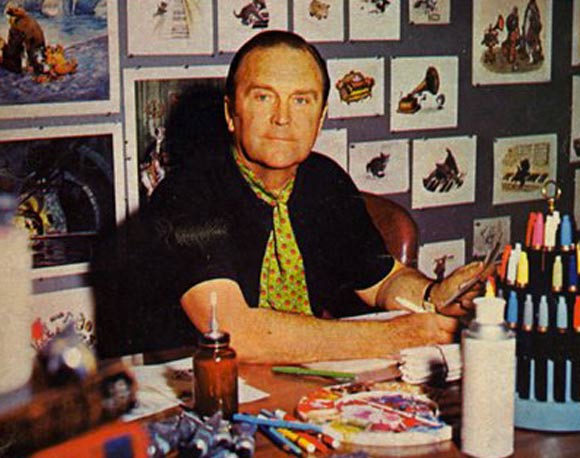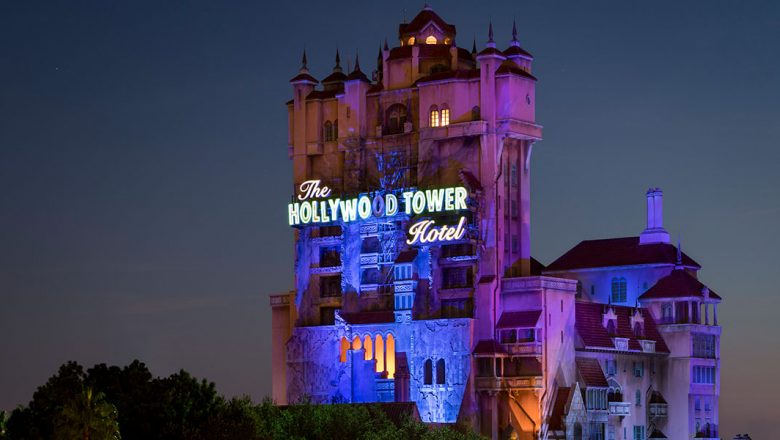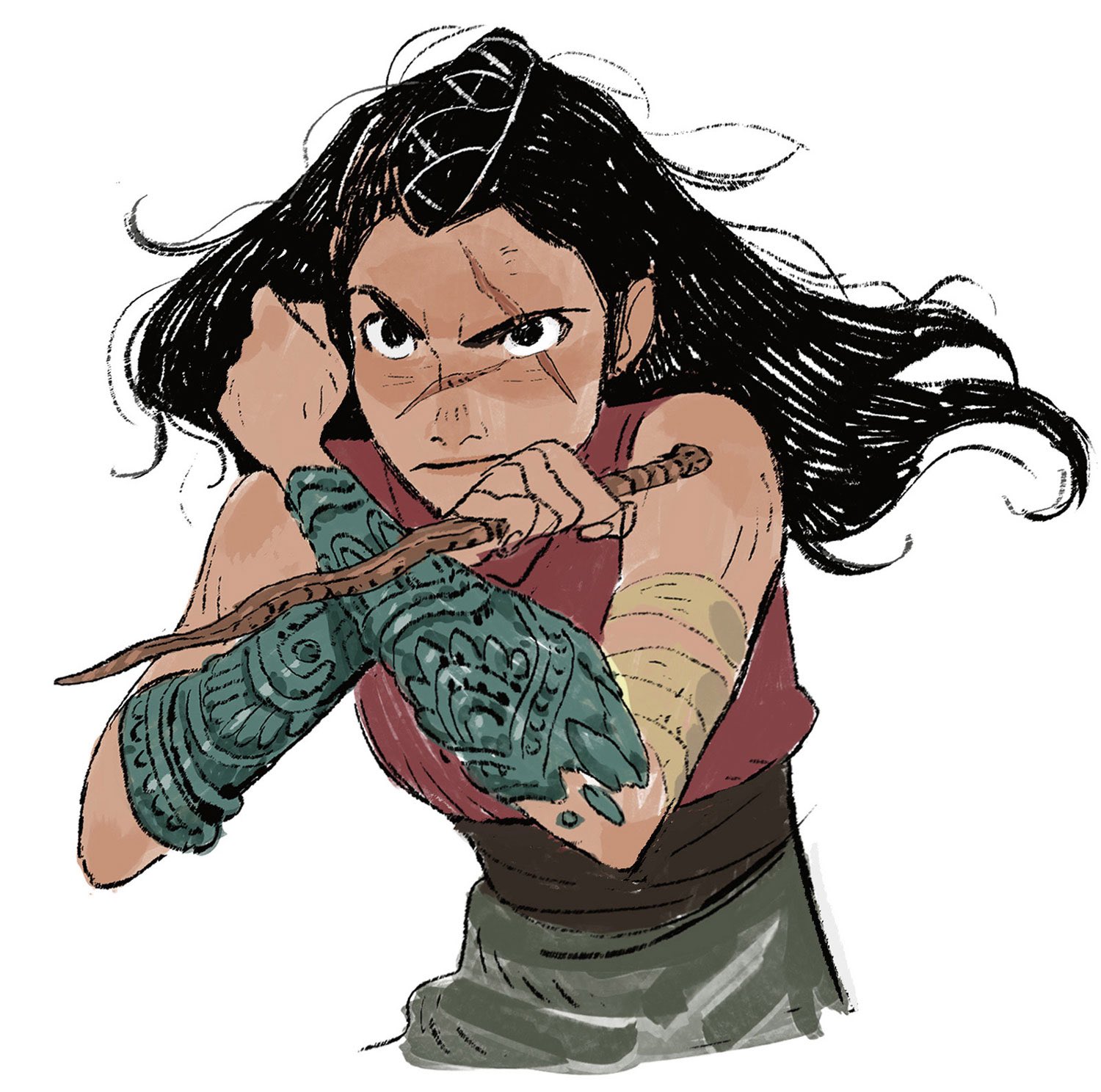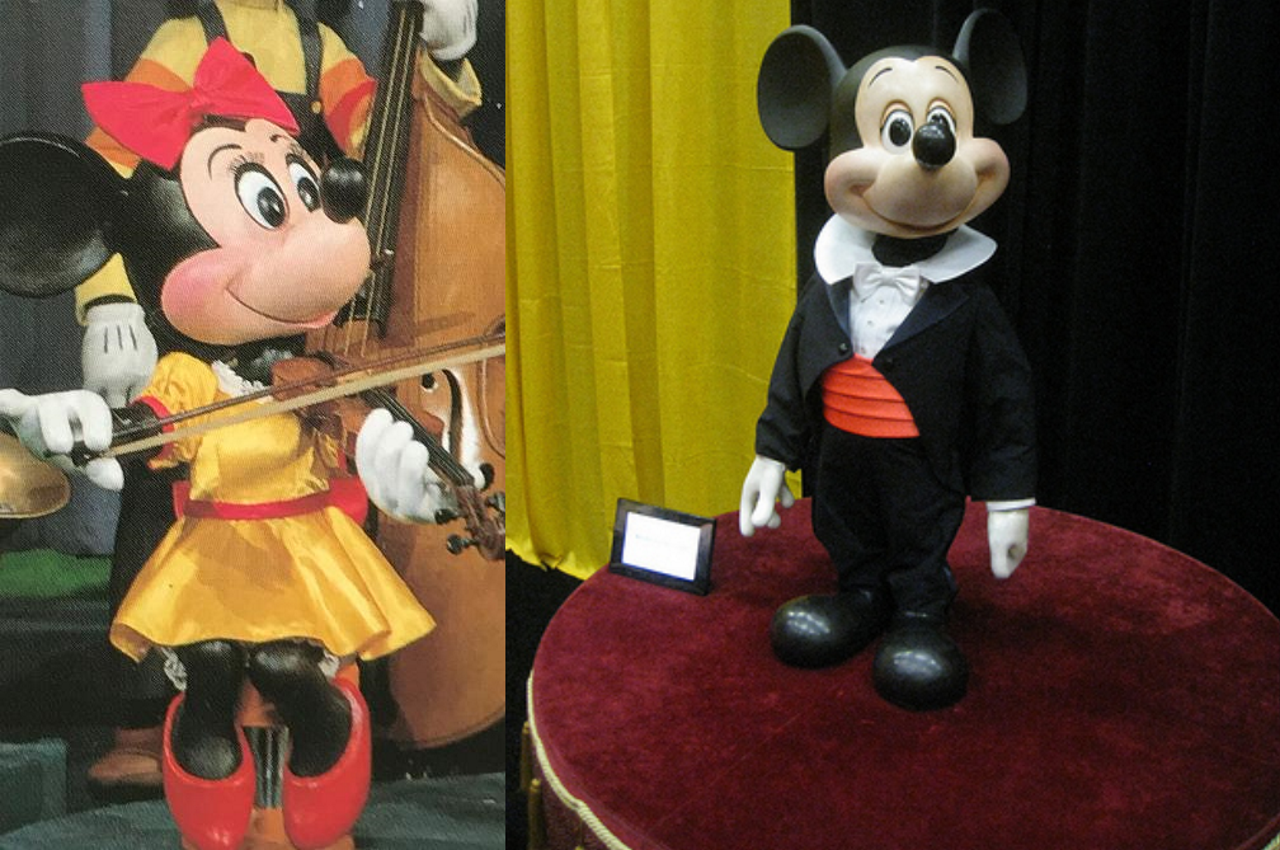Chapter Forty-Seven: The Ant and the Grasshopper (1973)
Chapter Forty-Seven The Ant and the Grasshopper (1973)

(Ken Anderson: The Film's Director)
The Ant and the Grasshopper began its life with a simple concept. What if bugs could talk? This may seem like a common Disney theme now, from The Lion King to cars. Disney is known to give voices to things that can’t speak. The Ant and the Grasshopper was not the first to do this. The toy story was but The Ant and the Grasshopper made it more common than it was before. This also happened to be Ron Miller's first animated film. His rise to the top would begin at a time when Disney was starting to suffer, leading many to unrightly blame him. The Ant and the Grasshopper was an important movie for the future of the studio. The storyline for the project originated from a lunchtime conversation between Don Iwerks, Elias Disney Jr, Frank Thomas and Ken Anderson. Other films such as One Hundred and One Dalmatians, The Rescuers Down Under and Cars were also conceived at this lunch.
(Ken Anderson: The Film's Director)
It was unknown what plot the film would follow. Some suggested that it should be centred around a pacifist ant living in a militaristic colony, but this idea never fully materialized. Instead, the studio chose to do what they did best and adapt an existing property. This idea to continue adapting existing properties was one Disney did well, but by now they had become too comfortable. This time around, the studio settled on adapting The Ant and the Grasshopper (one of Aesop's Fables). Debates over the tale's ending, however, were heated. With the older production staff believing the ending should be kept well intact, the younger staff believed it should be changed. In the end, the younger staff won out.
Ken Anderson took on the role of directing. Anderson found himself working well alongside executive producer Ron Miller, with him noting before his death in 1993 that Miller was both warm and friendly, one of the nicest of the new generation. The film was also the start of Victoria Disney, the granddaughter of Walt Disney and the daughter of Arthur Disney. It is today known that the Disney company is a very family-based business with the Disney, Iwerks and Ashman families being the largest names in the company. The film was also the first Disney film to use an early primitive version of computer-generated imagery, though its usage was very limited. The voice cast included George Disney, Roddy McDowall, Andy Devine, Terry-Thomas, Carole Shelley and Caroline DiMaggio-Monroe.
Many feared that the division between the staff would cause the film to suffer the same fate as Toy Story 4. Rumours the movie was to be a musical have never been confirmed, though some have speculated it was a possibility. The film's score was composed and conducted by Randy Newman. It was the first time Newman composed a Disney film. The Sherman brothers were considered, but in the silver age, the studio began to move away from the brothers. The reasoning behind this was never explained but their final movie score would come just about a year before the dark ages fully settled in.
A few days before the world premiere, the film was screened at Camp David alongside President Rockefeller and his wife, Happy Rockefeller. A day after the screening, the crew visited the Oval Office in the White House. The film’s premiere was held on November 6, 1973, at the El Capitan Theatre in Los Angeles before opening nationwide on November 8. The film was not a failure nor was it a success, with one critic stating, Even at its best, The Ant and the Grasshopper is only mildly diverting. It broke even at the box office but was not a massive success. The film outdid Toy Story 4 but fell short of past animated films. The Silver Era, the shortest of the Disney Era, was already fading and before things got better for Disney. They would get much worse.








